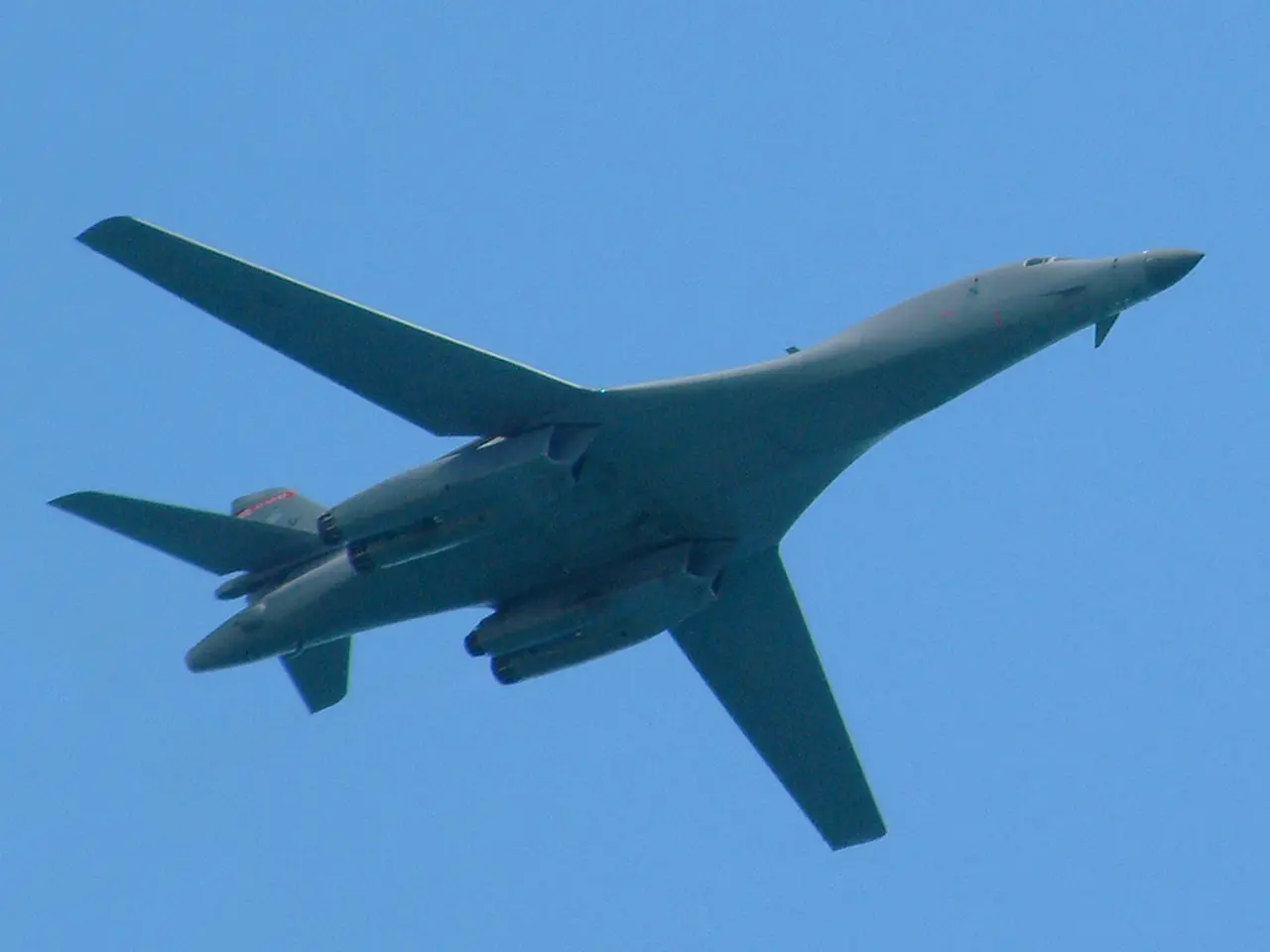Unmasking Common Drones Misconceptions: Exposure of the Top 4 Falsehoods!
In the ever-evolving world of aviation, a growing concern surrounds the interaction between drones and manned aircraft. Common misconceptions about drone safety and their capabilities in shared airspace have led to a complex regulatory landscape that requires careful navigation.
One misconception is the belief that drones possess extraordinary surveillance capabilities, such as seeing through walls or detecting heartbeats. In reality, consumer drones are equipped with standard cameras and wide-angle lenses, providing broad views from hundreds of feet but unable to penetrate buildings or detect physiological signals.
Another widespread misunderstanding is that drones are constantly crashing. Modern drones, however, come with advanced safety features like obstacle avoidance, GPS locking, return-to-home (RTH) functions, redundancy systems, and even parachutes, all designed to reduce crash risks and injuries on the ground.
The Visual Line of Sight (VLOS) rule, mandating drone operators to maintain unaided visual contact with their drone, poses challenges in terms of safety. While the VLOS rule aims to ensure safety, it does not eliminate risks linked to pilot visual detection limitations. Pilots of manned aircraft find it challenging to spot drones due to their small size, limited contrast against varied backgrounds, and the speed at which both drones and manned aircraft operate.
The difficulty for manned aircraft pilots to spot drones visually remains a significant safety challenge in mixed airspace. Drones' small size, combined with environmental factors like sun glare or background clutter, often make them hard to see, increasing the collision risk. This is further complicated because drones usually do not appear on conventional aircraft radar systems, making visual detection even more critical yet unreliable.
The FAA states that pilots need 12.5 seconds to "identify, react, and avoid a midair collision" with a drone. At an average speed of 90 KTAS (152 feet per second), a drone pilot needs a minimum detection range of 1,520 feet to avoid colliding with a manned aircraft. However, the detection distance for drones can be much shorter, and helicopters often fly faster, making timely detection crucial.
The safety rules for drone operations exist because drones share the airspace with other aircraft, people, and property on the ground. It's essential to ensure drones don't put them at risk. As we continue to integrate drones into our skies, technological and regulatory evolution will be key to improving situational awareness and safety for both unmanned and manned aircraft in shared airspace.
It's important to note that not all low-flying aircraft will show up on an ADS-B display, and it's crucial to check the airspace where you plan to fly before launching your drone. Furthermore, helicopters can fly lower than 500 feet under certain circumstances, such as near hospitals, tourist areas, or large buildings with rooftop helipads. The FAA allows drone flight up to 400 feet above the ground under most conditions.
Maintaining visual line of sight (VLOS) for a drone is more than just seeing the drone; it includes knowing the drone's location, determining its attitude, altitude, and direction of flight, observing the airspace for other air traffic or hazards, and ensuring the drone does not endanger the life or property of another. Fulfilling these requirements can be challenging, particularly when flying far away from the drone.
In conclusion, while drones have advanced safety features and regulations in place, there is still a need for improved situational awareness and safety measures to address the challenges posed by visual detection limitations and the small size of drones. As we continue to navigate the skies with drones and manned aircraft, understanding these complexities will be key to ensuring a safe and efficient shared airspace.
[1] Drone Safety Council. (n.d.). Drone safety myths. Retrieved from https://dronesafetycouncil.org/drone-safety-myths/ [2] Federal Aviation Administration. (n.d.). Small Unmanned Aircraft Systems (sUAS) - Visual Line of Sight (VLOS) Operations. Retrieved from https://www.faa.gov/uas/resources/guidelines_for_vlo_operations/ [3] National Transportation Safety Board. (n.d.). Small Unmanned Aircraft Systems (sUAS) Investigations. Retrieved from https://www.ntsb.gov/investigations/AccidentReports/Pages/sUAS.aspx [4] Federal Aviation Administration. (n.d.). Small Unmanned Aircraft Systems (sUAS) - Remote Identification (RI) Rule. Retrieved from https://www.faa.gov/uas/resources/remote-id/ [5] National Air Traffic Controllers Association. (n.d.). Unmanned Aircraft Systems (UAS) Traffic Management (UTM). Retrieved from https://www.natca.net/utm
- To ensure optimal safety in mixed airspace, Part 107 regulations require drone operators to maintain a clear Visual Line of Sight, utilizing advanced technology for improved situational awareness and reducing collision risks with manned aircraft, as tiny drones are often challenging to detect visually due to their size and environmental factors.
- As drone technology continually advances, it's essential to continue investigating and implementing technological solutions, such as Remote Identification, to enhance the air traffic management system and eliminate uncertainties about drone identification and location, ultimately promoting a safer shared aviation environment for both unmanned and manned aircraft.




